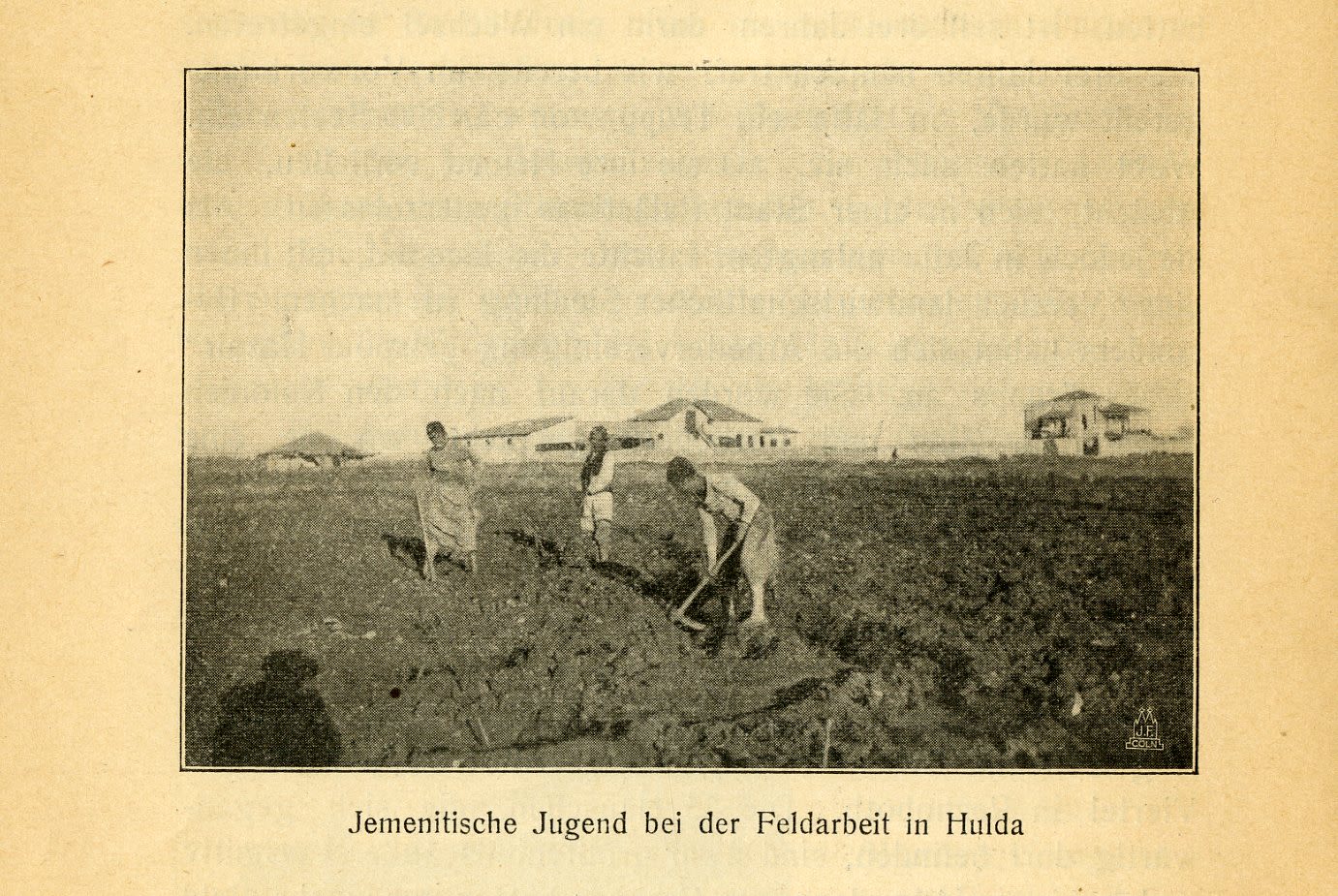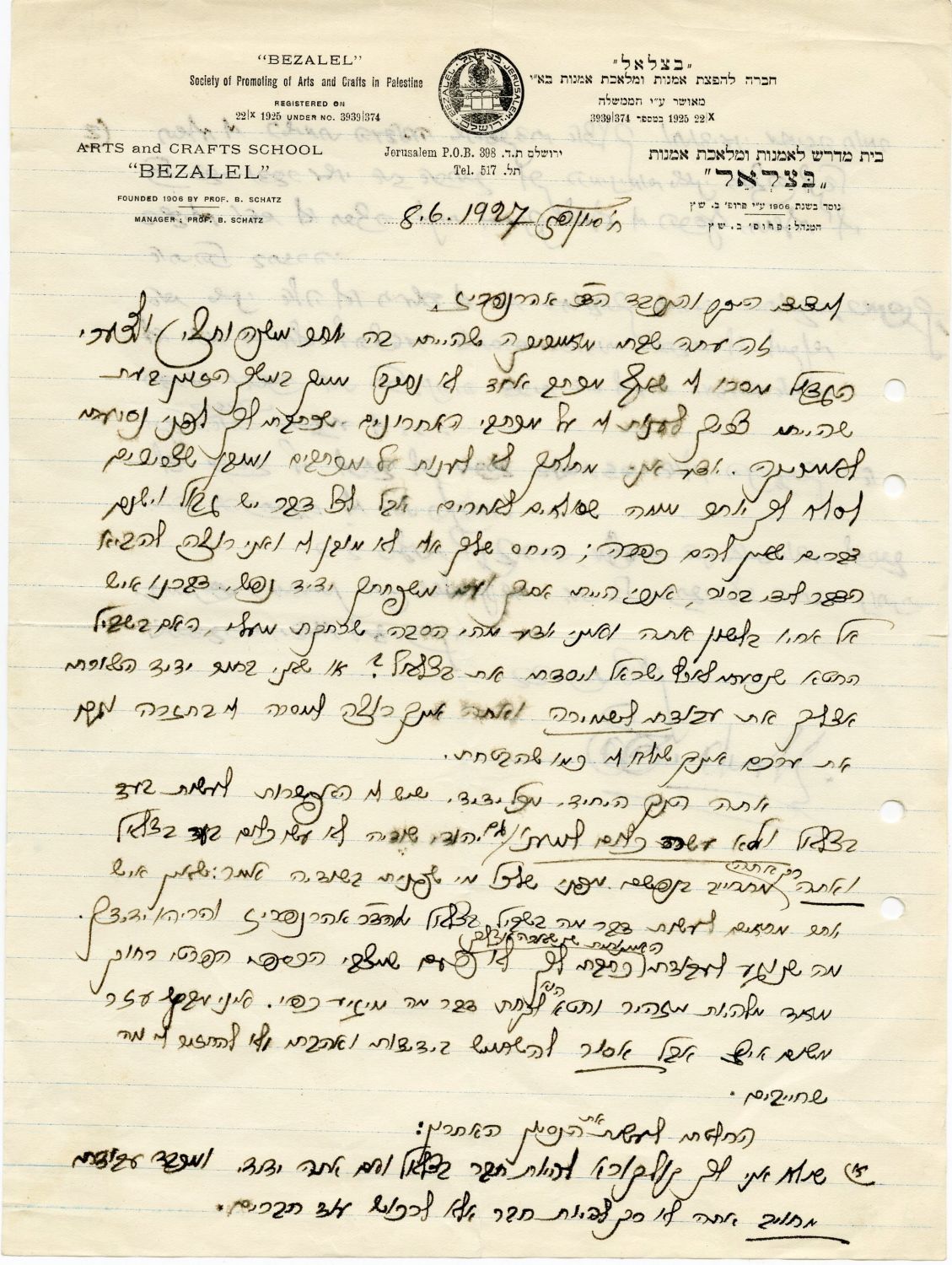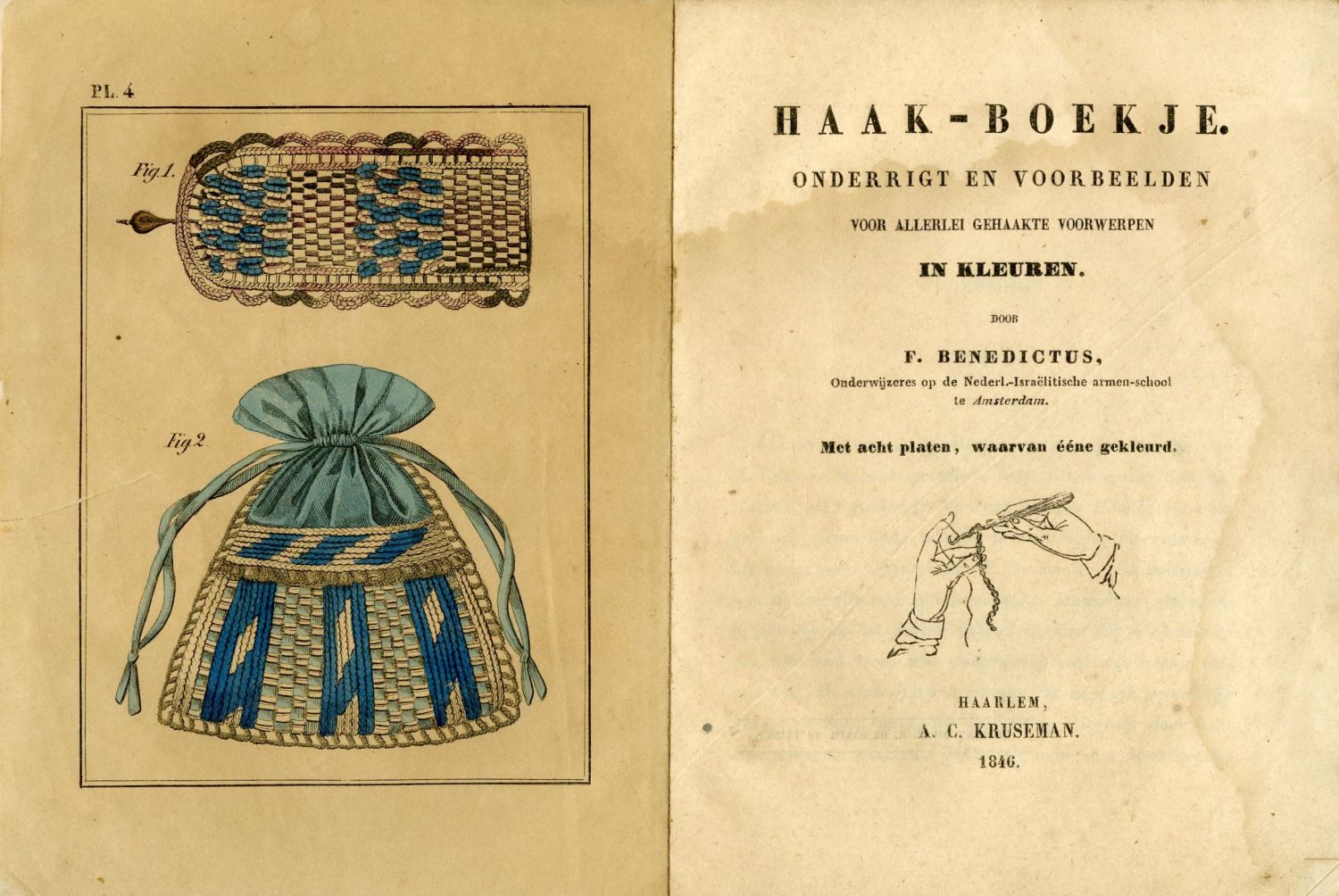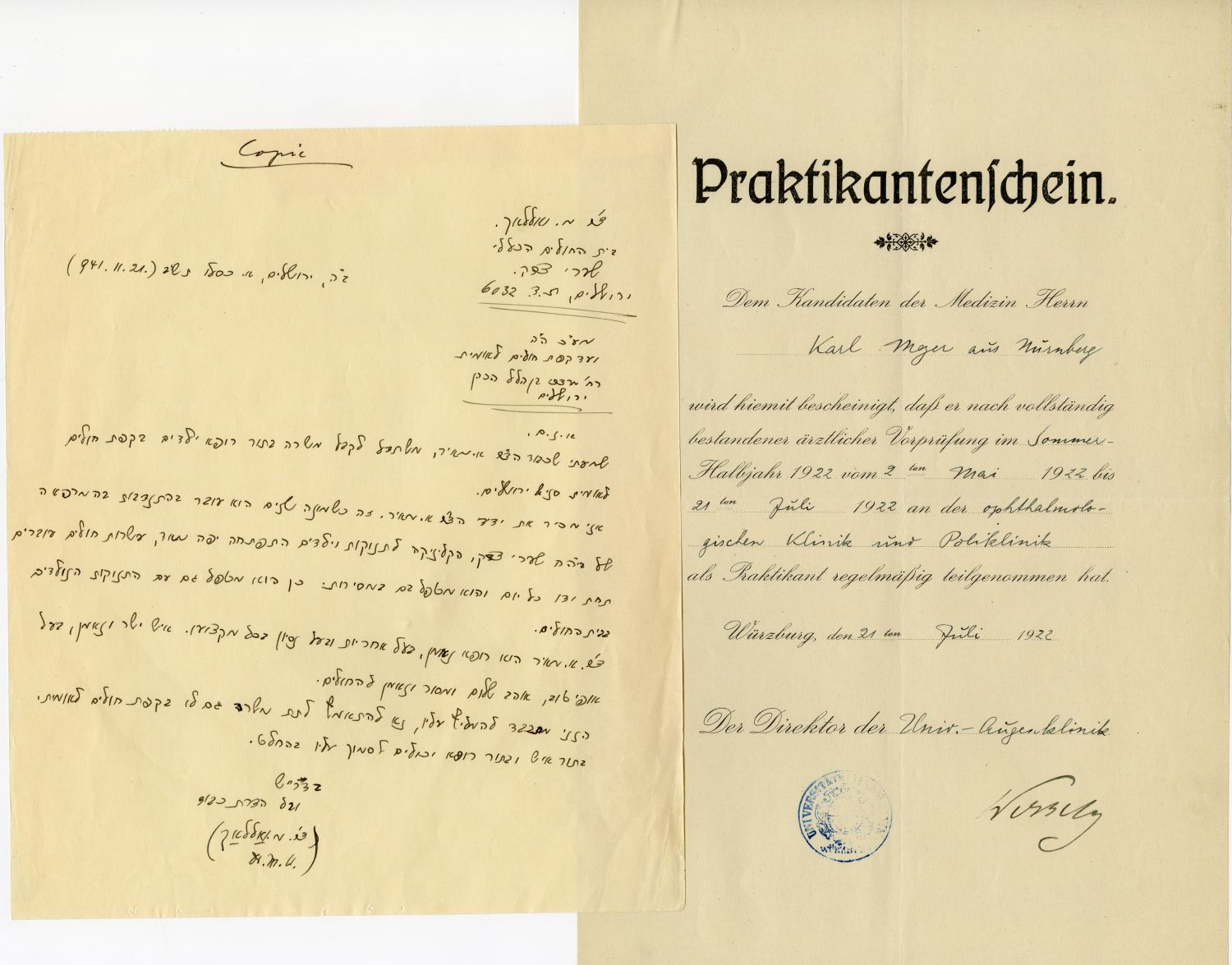Die Jemenitischen Juden - Yemenite Jews, by Joshua Feldman, Judischen Nationalfonds Publishing. A rare publication about Yemenite Jews from the beginning of their settlement in Sana'a until the immigration of 300 Yemenite Jews to Eretz Israel in the first decade of the 20th century, is accompanied by photographs of Yemenite Jews during Aliyah to Eretz Israel and their settlement in the country's colonies. A vivid description of the situation of the Jewish communities in Yemen. Cologne, 1912. German.
The author toured Yemen in Jewish neighborhoods and communities at the beginning of the 20th century, and brings here his impressions of his journey. At the beginning of the booklet, the author deals with the situation of Yemenite Jews in the various cities in Yemen itself. The writer found a description written by a tourist who visited Yemen in the 19th century, indicating that in Sana'a's Yemenite community, which once numbered about 10,000 people, only 2700 Jews remain. He reported famine raging in Sana'a and harassment by their Arab neighbors. From the point of view of a European who tours the country, the writer describes the Yemenite community in Yemen as a whole, the various crafts in which the Yemenite Jews were engaged, and their humble nature:
"A European Jew can hardly imagine the humble nature of the Yemenite Jews... Anyone with money or valuables hides it in the ground or secret holes they have in their homes so no one will see it...", he writes. He also describes the extreme poverty in Yemenite homes: "When you enter a house, you see the poverty – lack of furniture, utensils, bedding, food, and clothing... How can the Jews endure this distress?"
Among other things, he tells of the restrictions imposed by the ruling Muslims of Yemen, and of the suffering of the Jews:
"If a Jew meets a Muslim on any level, he is obliged to salute him and address him as Lord. If he does not do this, he will be beaten mercilessly. It is forbidden for a Jew to ride a donkey, let alone a camel, the Jews are like slaves... Jews are forbidden to wear white, red or green clothing... Only on Shabbat or holidays, when Jews are only in their homes and there are no Muslims among them, do they also dress in white robes. The rich Jews must also look poor, lest they arouse envy and plunder. In the big cities there are sweat baths for Muslims. Jews are forbidden to enter there... A Jew is forbidden to bypass a Muslim on his right, a Jew is forbidden to wear socks..." He goes on to describe several cases in which Jews were beaten by Muslims, and how their sentences were biased in favor of the Muslims, and concludes:
"In short, the suffering of the Jews in Yemen cannot be described."
The writer describes how, as a result of all this, the Jews decided to leave Yemen and immigrate to Eretz Israel. In the first decade of the 20th century, a group of about 300 Yemenite Jews immigrated to Israel. They first settled in Jerusalem and Jaffa, and their living conditions began to improve. Later, some of them settled in Rishon LeZion and Rehovot. In the second part of the book, the author describes the integration of Yemenis into work in Eretz Israel, initiated by the Jewish National Fund, and the entry of Yemenite Jews as leading artists in the various departments of the Bezalel School of Art. Yemenite immigrants were devout. They were used to work and did not rely on donations from overseas emissaries. They suffered from housing and livelihood difficulties, but soon they managed to find a livelihood in agriculture in the Judea and Sharon colonies. They worked in the construction industry, agriculture, goldsmithing and more. He describes how Yemenite neighborhoods slowly began to establish themselves in almost all the colonies.
In the photographs in the booklet: Yemenite Jews arrive in Israel by ship, Yemenite Guard, Yemenite settlers on the shores of the Sea of Galilee, Yemenite shepherd in Ben Shemen, Yemenites in a filigree workshop in Ben Shemen, Yemenite boys working in fields in Hulda, Yemenite artisans in Ben Shemen, a Yemenite goldsmith, Yemenite Jews harvesting grain, Yemenite settlement in Merhavia, Yemenites in Degania cooperative estate, Yemenites in Bezalel School of Art, and more.
40 p. 23 cm. Very Good Condition.

















